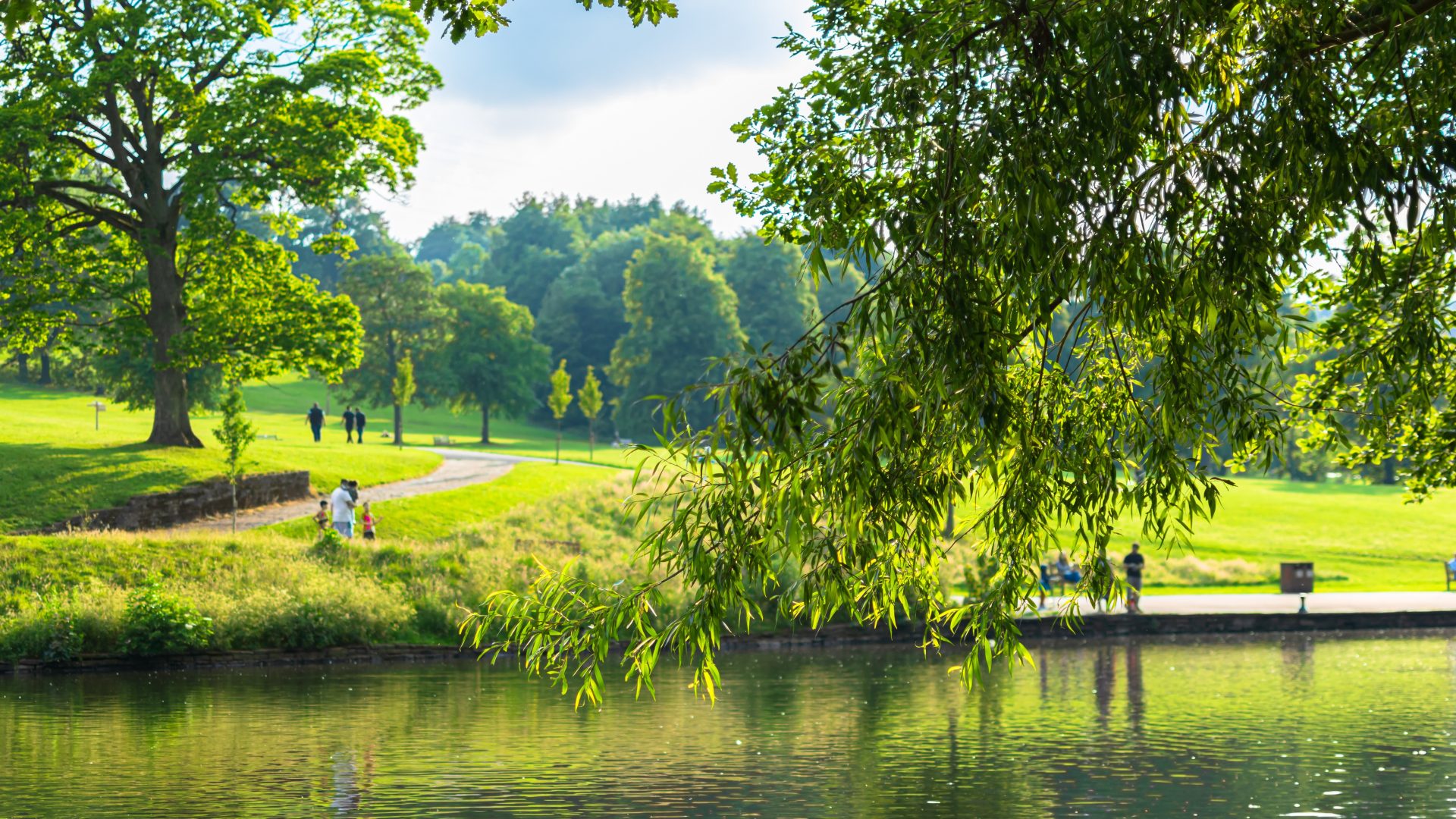Dozens of new wild swimming spots in England are being designated as bathing waters ahead of the summer and will immediately benefit from regular water quality monitoring, Water Minister Robbie Moore has recently announced.
Following a public consultation, 27 new bathing water sites will be designated ahead of the 2024 bathing water season, which runs between 15 May and 30 September. The new sites will take the total number of bathing waters to 451 across England – the highest number to date.
The new bathing waters – which include a dozen river sites – can be found right across the country from Church Cliff Beach in Dorset to Derwent Water in Cumbria, to the River Dart in Devon and the River Nidd in North Yorkshire.
The Environment Agency regularly monitors water quality at designated bathing water sites and assesses whether action is needed to cut pollution levels – working with local communities, farmers, and water companies to improve water quality at these locations.
The government will also launch a consultation later this year on proposals to reform the Bathing Water Regulations for England. The proposed changes will drive work to improve bathing water quality, enhance monitoring and enable more flexibility around the dates of the bathing water monitoring season. For example, proposals will include increasing monitoring outside of the bathing water season and preventing automatic de-designation of existing bathing water sites.
Defra will also seek public and stakeholder views on extending the definition of ‘bathers’ to include a wider range of water users in addition to swimmers – such as rowers, kayakers and paddle boarders. More information on this consultation will be published in due course.
The next application round will commence in Spring 2025.
Water Minister Robbie Moore said:
“The value our bathing waters bring to local communities is incredibly valuable – providing social, physical and positive health and wellbeing benefits to people around the country – and I am pleased to have approved a further 27 new bathing water sites for this year.
“These popular swimming spots will now undergo regular monitoring to ensure bathers have up-to-date information on the quality of the water and enable action to be taken if minimum standards aren’t being met.
“I am fully committed to seeing the quality of our coastal waters, rivers and lakes rise further for the benefit of the environment and everyone who uses them.”
Environment Agency Chair Alan Lovell said:
“The importance of England’s bathing waters for residents and visitors alike cannot be understated, which is why the Environment Agency provides rigorous testing to ensure that bathers can make informed decisions before swimming in one of our 451 sites.
“Overall bathing water quality has improved massively over the last decade due to targeted and robust regulation from the Environment Agency, and the good work carried out by partners and local groups. Last year, 96% of sites met minimum standards, up from just 76% in 2010 – and despite stricter standards being introduced in 2015.
“We know that improvements can take time and investment from the water industry, farmers and local communities, but where the investment is made, standards can improve.”
Last year, 96% of bathing waters in England met the minimum standards, with 90% classified as ‘good’ or ‘excellent’, up from 76% in 2010, despite the classification standards becoming stricter in 2015. The government also updated its guidance last year to make the application process clearer and easier to follow.
The recent announcement follows measures delivered to improve the water environment, including:
- A new £11m Water Restoration Fund to reinvest water company fines and penalties back into the water environment.
- Requiring companies to monitor 100% of storm overflows in England – providing a complete picture of when and where sewage spills happen.
- Removing the cap on civil penalties for water companies and broadening their scope so swifter action can be taken against those who pollute our waterways.
- Requiring the largest infrastructure programme in water company history – £60 billion over 25 years – to revamp ageing assets and reduce the number of sewage spills by hundreds of thousands every year.
- Increasing protections for coastal and estuarine waters by expanding the Storm Overflow Discharge Reduction Plan, prioritising bathing waters, sites of special scientific interest and shellfish waters.
- A targeted plan to better preserve and protect the River Wye, including £35m in funding.
- £11.5m in government support for 180 local projects to boost tree planting, habitat restoration and flood management through the Water Environment Improvement Fund.
- Speeding up the process of building key water supply infrastructure, including more reservoirs and water transfer schemes.



